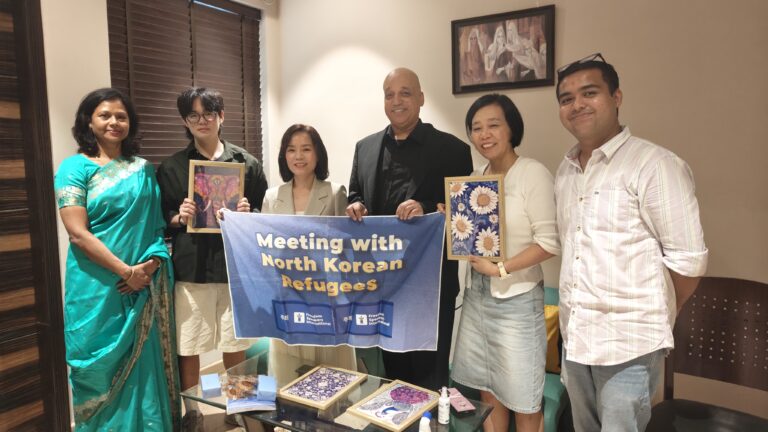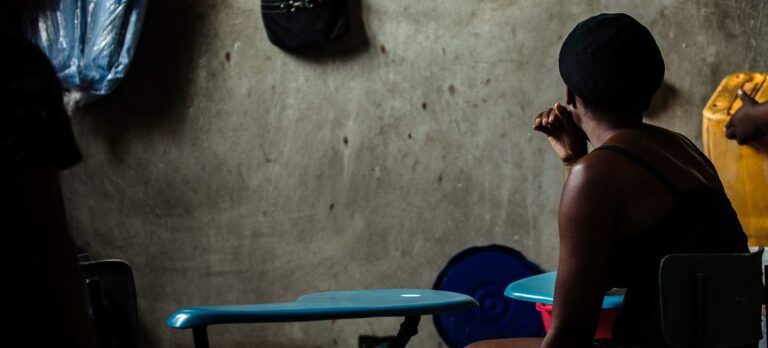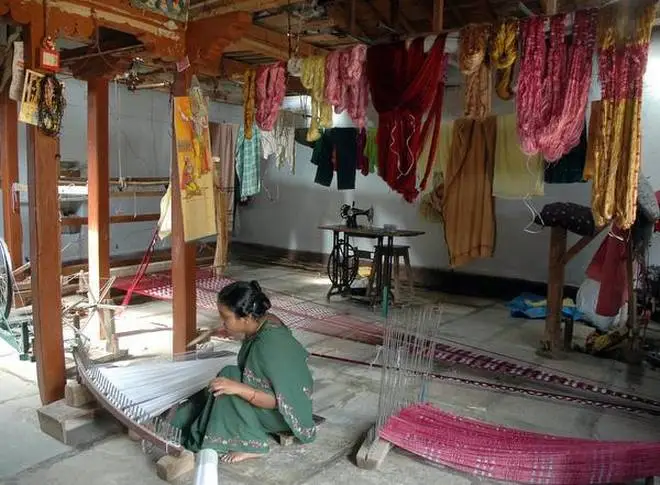
Threads of Resistance: How Textile Art Is Becoming a Weapon of Protest
In the quiet of the Eastern Cape in South Africa, a group of grandmothers gather at a long wooden table, stitching stories into cloth. One embroiders a mother cradling her child. Another recreates the shape of a coffin. Each thread carries memory , of life, loss, and survival. These women are part of the Keiskamma Art Project, where tapestries are not just works of art but declarations of existence in the face of erasure.
Across the world, women have long used textiles as a language of care and survival. But today, in refugee camps, rural villages, and repressive regimes, that language is evolving into a political voice, sharp, stitched, and defiantly soft.
What was once dismissed as domestic labour is now being recognised as a radical act. These are the threads of resistance , embroidery, patchwork, and weaving used to document conflict, protest injustice, and preserve identity in the face of displacement and violence.
The Feminization of Protest: Domestic Labor as Resistance
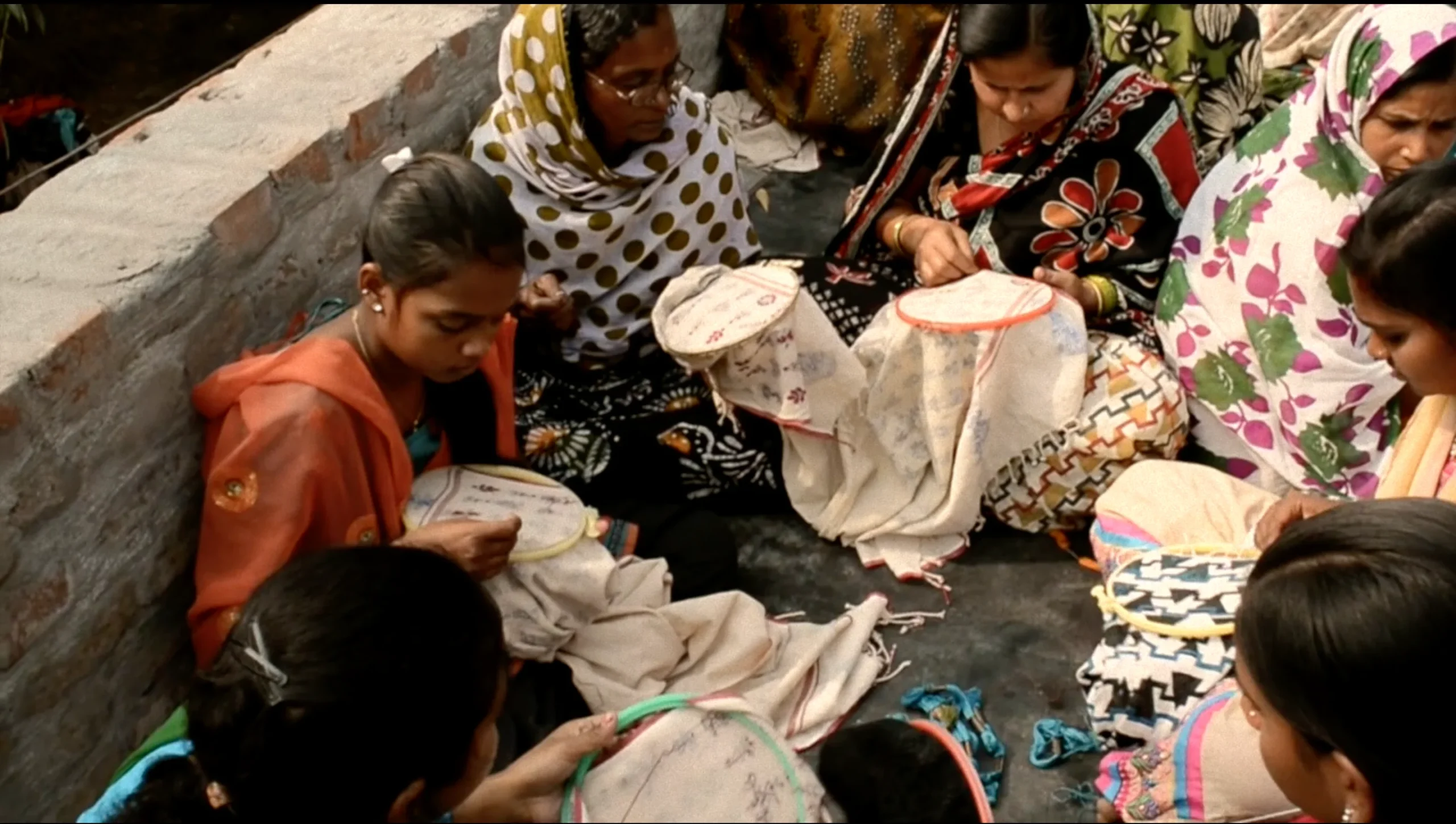 For women in marginalized communities, embroidery has evolved from a quiet chore to a visible form of defiance.
For women in marginalized communities, embroidery has evolved from a quiet chore to a visible form of defiance.
India: Embroidery as a Weapon Against Oppression
In India, Dalit and Adivasi women are reclaiming traditional embroidery styles like kantha and godhadi. They use these techniques to tell stories of caste and gender-based violence. Their stitched pieces often include powerful symbols: broken bangles, bloodstains, and protest slogans.
Unlike modern art found in high-end urban galleries, these textiles come from rural areas. Many of the artists have little formal education, but their work speaks with honesty and strength.
One example is the Kalamkari collective in Telangana. The group hosts traveling exhibitions of stitched pieces made by women who survived caste-based violence. These works have appeared in feminist festivals and academic events. They challenge boundaries between art, anthropology, and activism.
Bangladesh: Reclaiming Labor Through Fabric
In Bangladesh, survivors of the 2013 Rana Plaza disaster are also turning to textiles. That factory collapse killed over 1,100 garment workers. Now, some survivors sew on discarded garment labels from fast fashion brands. They stitch in the names of coworkers who died or were injured.
This act is deeply symbolic. The same hands that once made clothes for global brands now use fabric to speak out. Their work is a clear and powerful critique of the industry that exploited them.
When the Cloth Speaks: From Local Tapestries to National Archives:
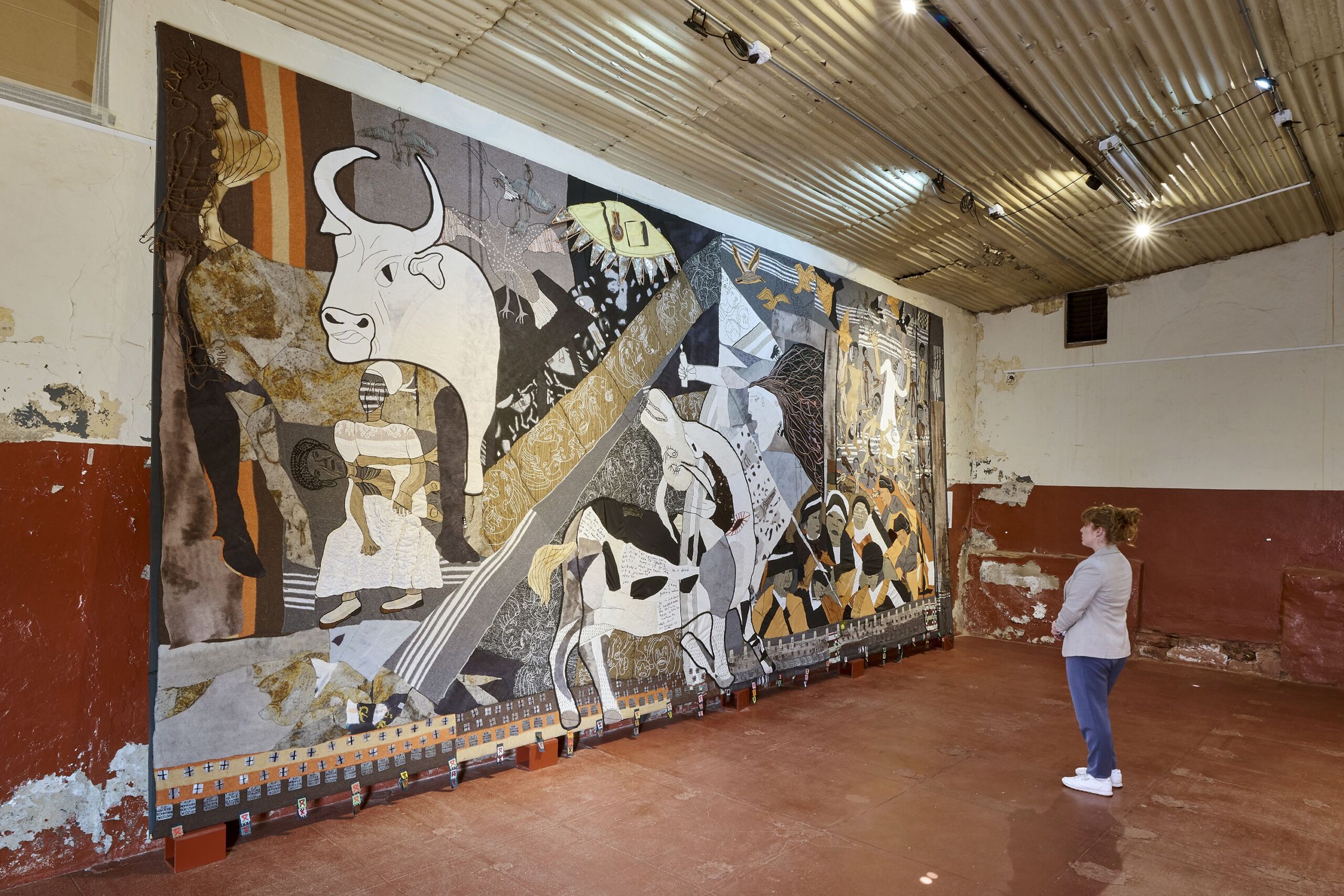 Every stitch tells a story, from the scars of apartheid to the ongoing fight against inequality, in the works of the Keiskamma Art Project. ( CNN)
Every stitch tells a story, from the scars of apartheid to the ongoing fight against inequality, in the works of the Keiskamma Art Project. ( CNN)
Projects like the Keiskamma Art Project in South Africa vividly demonstrate how textile resistance can achieve institutional recognition. Originally launched in the early 2000s as a local effort to support HIV-positive women, the initiative has since evolved into a powerful artistic collective. Today, the group produces monumental embroidered works that blend personal testimony with political commentary. Among their most iconic pieces are the Keiskamma Altarpiece, a 120-panel tapestry inspired by a European religious triptych that chronicles the HIV/AIDS crisis, and the Keiskamma Guernica, a reimagining of Picasso’s masterpiece infused with imagery from post-apartheid South Africa.
Importantly, these artworks have not remained on the margins. The South African Parliament and several national museums have acquired some of these pieces, formally recognizing them as vital cultural records.
Beyond gallery walls, textile art also thrives as a form of participatory protest. Thanks to its portability, low cost, and collaborative nature, it has become a powerful tool for public resistance. For example, stitch-ins, gatherings where people sew together in public as a form of silent protest, have gained global traction in feminist, environmental, and anti-war movements. During the Extinction Rebellion protests in London, climate activists set up embroidery workshops right on the streets, stitching anti-capitalist slogans onto recycled fabrics. Similar actions have taken place in countries like Mexico, Argentina, and Australia, showing how thread and needle can unite communities across borders in acts of defiance.
Soft Power in a Hard World:
What makes textile protest compelling is its contradiction: it is slow in a fast world, intimate in a time of mass outrage. Each piece takes time, hours, days, even weeks, and that labor becomes part of its message. Unlike placards or tweets, embroidery doesn’t vanish; it lingers. It invites the viewer to pause, to examine the details, to reckon with the human hand behind the thread.
While textile-based activism is not new, its global resurgence points to a broader shift in how resistance is imagined, less about loud slogans, more about sustained visibility. In a world where voices are often silenced, the needle continues to speak.
For more such interesting features, stay tuned at The World Times.

